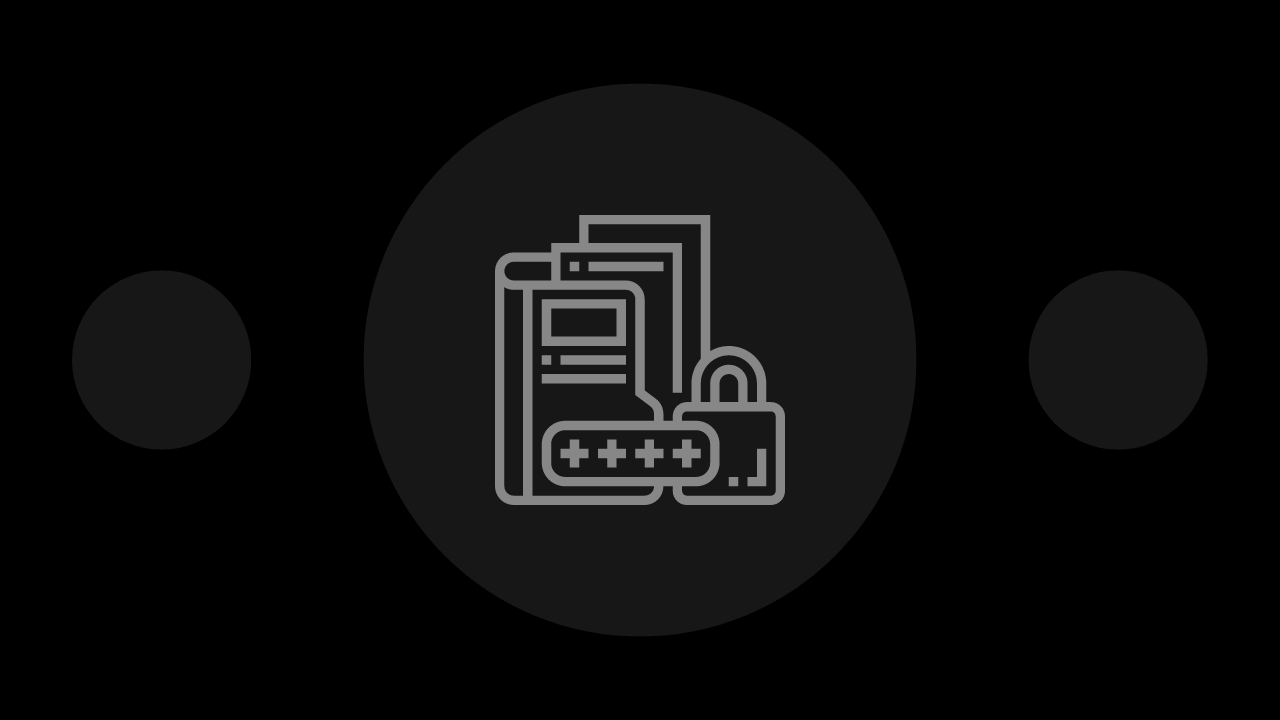Custodial vs Non-Custodial NFTs: Key Differences
Custodial vs Non-Custodial NFTs: Learn the key differences, complete with explanations and useful pointers.
Fungible vs Non-Fungible Tokens: Learn the key differences, complete with explanations and useful pointers.
Written by Dapperito Team

In the rapidly evolving digital landscape, tokens have emerged as a revolutionary concept, reshaping how we perceive and exchange value. These digital assets, existing on blockchain networks, come in two primary forms: fungible and non-fungible tokens. Understanding the distinction between these two types is crucial for anyone looking to navigate the world of digital assets, whether as an investor, creator, or user.
Fungible tokens are digital assets that are interchangeable and divisible, much like traditional currencies. Each unit of a fungible token is equivalent to any other unit of the same token.
Definition and characteristics:
Examples of Fungible Tokens:
Use cases and applications:
Non-fungible tokens represent unique digital assets. Each NFT has distinct characteristics that set it apart from others, even within the same collection.
Definition and characteristics:
Examples of Non-Fungible Tokens:
Use cases and applications:
These are some of the key differences between fungible and non-fungible tokens.
Fungible tokens are interchangeable, while NFTs are not. You can swap one Bitcoin for another without losing value, but each NFT is unique and cannot be directly exchanged for another NFT.
NFTs derive value from their uniqueness and scarcity, while fungible tokens’ value comes from their utility and market demand.
Fungible tokens can typically be divided into smaller units (e.g., satoshis for Bitcoin), whereas NFTs are generally indivisible.
Fungible tokens have a uniform market value, while NFT values can vary greatly based on perceived worth, rarity, and demand.
While both types use blockchain for ownership records, NFTs place a greater emphasis on provenance and the history of the specific asset.
Both fungible and non-fungible tokens can exist on various blockchain platforms, with Ethereum being a popular choice for both.
Fungible tokens often use standards like ERC-20 on Ethereum, whereas NFTs typically use standards like ERC-721 or ERC-1155, which support unique attributes.
Fungible tokens generally have higher liquidity due to their interchangeability, while NFT markets can be less liquid.
Fungible tokens are traded on cryptocurrency exchanges, while NFTs are often bought and sold on specialized marketplaces.
Both markets can be volatile, but NFT prices can experience more extreme fluctuations due to their unique nature and smaller market size.
Regulators are still grappling with how to classify and regulate both fungible and non-fungible tokens, with ongoing debates about whether they should be treated as securities, commodities, or a new asset class.
NFTs raise complex questions about copyright and intellectual property, particularly in relation to digital art and content.
Tax authorities are developing guidelines for both token types, with NFTs potentially facing unique challenges due to their value fluctuations and use cases.
The distinctions between fungible and non-fungible tokens are fundamental to understanding the diverse landscape of digital assets. While fungible tokens continue to revolutionize finance and currency, NFTs are opening new frontiers in digital ownership and creative expression.
As these technologies evolve, their impact on various industries and aspects of our digital lives will likely grow, making it essential for individuals and businesses to grasp their unique characteristics and potential applications.
Other articles from our collection that you might want to read next.
Custodial vs Non-Custodial NFTs: Learn the key differences, complete with explanations and useful pointers.
An in-depth guide to existing and potential metaverse use cases across various industries, complete with explanations and useful pointers.
This guide provides a comprehensive overview of the history of blockchain technology, from its early beginnings to its current state and future outlook.
Get curated weekly analysis of major developments, disruptive innovations, and interesting projects in blockchain, crypto, and the metaverse. All in one place, all prepared by experts.